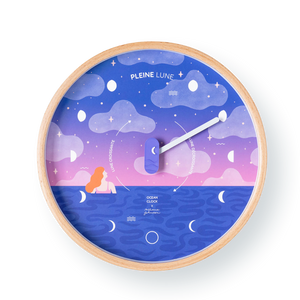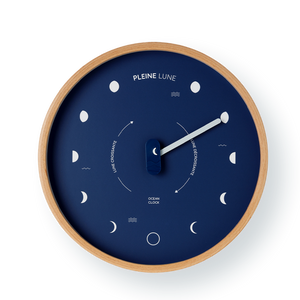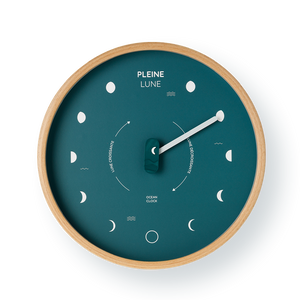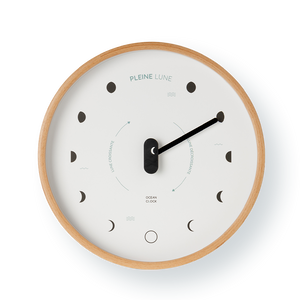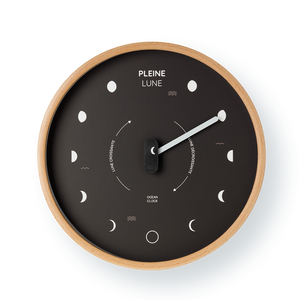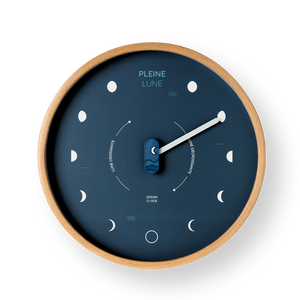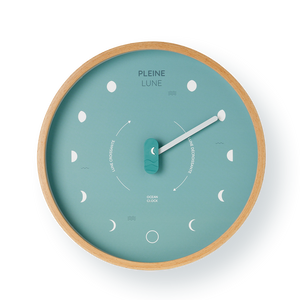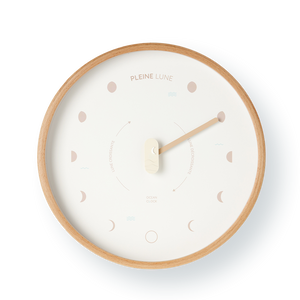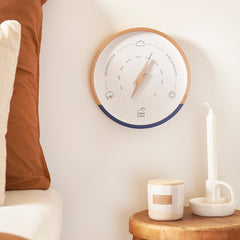Understand in a flash!
How to Read an Indoor Barometer?
For your barometer to help you predict the weather daily, you need to know how to interpret changes in atmospheric pressure.
Here, we explain how to read a barometer dial and how to forecast the weather for the next few hours by observing the movements of its needle.
Scale
The barometer dial is usually marked from 960 to 1065. These numbers represent atmospheric pressure, measured in hectopascals (hPa). Atmospheric pressure is the force exerted by the air on the Earth's surface, and it varies depending on weather conditions and altitude.

Under normal conditions, the standard atmospheric pressure at sea level is about 1013 hPa, and variations around this value help predict upcoming weather changes.
Conversely, a pressure below this value indicates a low-pressure system, often accompanied by clouds, rain, or wind. These details may seem complex at first, but with a little practice, you’ll quickly be able to interpret pressure changes to better understand weather forecasts.
1013
Don’t be surprised to see a small marker at the 1013 hPa graduation. This value is the reference pressure at sea level and serves as a benchmark to determine whether the weather will improve or worsen.
When the pressure is above 1013 hPa, it indicates an anticyclonic situation, meaning calm and pleasant weather.
On the other hand, a pressure below 1013 hPa signals a low-pressure system, which often brings clouds and precipitation.
To make reading the weather barometer easier, the dial features icons (sun, cloud, storm, and rain) and labels (improving and worsening) that provide quick clues to interpret the needle’s movement at a glance.

Settable needle
To clearly visualize the movement of the needle, the aneroid barometer is always accompanied by a reference needle. To add a touch of originality to our new French creation, we chose to replace this reference needle with a magnetized wooden lightning bolt. Like the reference needle, this lightning bolt allows you to easily track the needle’s variations.

Each time you use the barometer, simply place the lightning bolt marker on the needle, then tap firmly on the glass so the needle responds to the current atmospheric pressure. Thanks to the lightning bolt, you can read the barometer and quickly see both the direction and magnitude of the needle’s movement, allowing you to forecast the upcoming weather conditions for the next few hours at a glance.
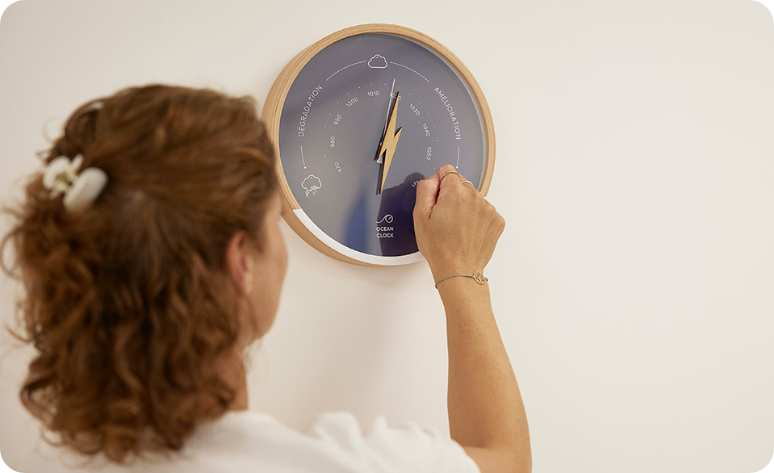
Interpretation
Now that you’re familiar with the needle barometer dial, let’s see how to use it to anticipate the weather. Interpreting pressure changes is essential for making reliable daily weather forecasts.
This interpretation chart is included in your barometer’s manual.

When the needle of your barometer moves, it indicates a change in atmospheric pressure, which usually precedes a shift in weather conditions.
It’s important to note that the speed at which the needle moves is a key factor:
- the faster the change, the more sudden and short-lived the weather change will be.
- Conversely, a slow variation indicates weather conditions that are likely to last longer.
Rising pressure generally signals the arrival of more stable, often sunny weather, while falling pressure forecasts disturbances such as rain or wind. By regularly monitoring the needle’s movements, you can anticipate these changes and avoid being caught off guard.

Keep in mind that atmospheric pressure begins to change before the weather actually shifts. This gives you a head start to plan your outdoor activities. Remember, understanding your barometer well allows you to better read the signs in the sky and accurately anticipate weather changes.
LOW TECH
As you can see, our barometer has a needle, but don’t be mistaken it does not work like a clock.
No energy is needed to operate the aneroid barometer; only changes in atmospheric pressure cause the needle to move.
The needle on our wooden barometer, black or white depending on the model you choose, indicates the air pressure value. However, as you’ve understood, it’s not this value itself that helps you predict weather events, but rather the pressure variation that is, the movement of the needle.

